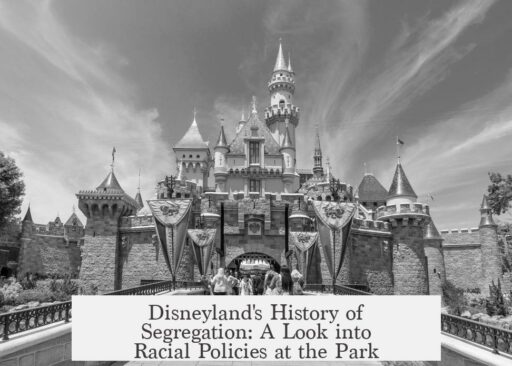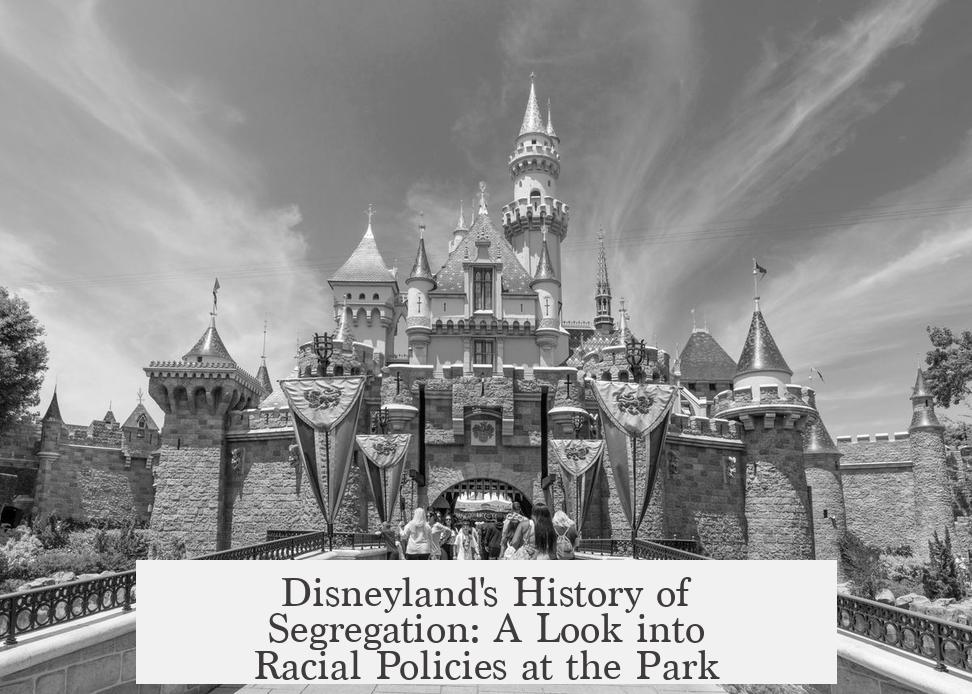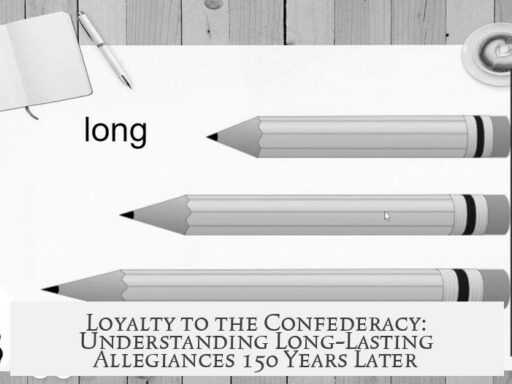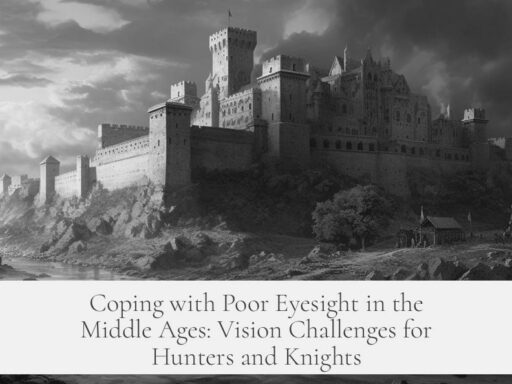Disneyland was never officially segregated and welcomed guests of all races, but its design and policies in the 1950s and 1960s created barriers that effectively marginalized Black visitors and employees. The park did not implement formal segregation, yet was structured in ways that limited accessibility and representation for Black people. These factors reflect a complex history of implicit exclusion rooted in social and economic realities of the time, rather than explicit legal or policy-driven apartheid.
Disneyland’s official stance was non-segregated. The park’s doors technically opened to everyone regardless of race. However, practical barriers existed. Located in a suburban area accessible mainly by car, Disneyland was difficult for many Black urban residents without vehicles to reach. Public transit options were limited, creating an economic and geographic separation. This led some observers to describe the park as “not built for Black bodies,” even if it never employed explicit segregation policies.
Walt Disney himself did not openly promote racial discrimination. His views were often described as uneducated or thoughtless in terms of race, rather than overtly racist. His primary motivation was to create a clean, safe environment appealing to middle-class white families. He perceived certain groups, including Black youth, as potential “troublemakers” and aimed to keep those guests limited. Disney’s choice of Disneyland’s inland location partly stemmed from a desire to avoid racial mixing visible at public beaches, reflecting social anxieties of the era.
- Disneyland’s design reflected 1950s racial and social dynamics more than deliberate exclusionary policy.
- The park’s location and transport dependencies made visits by lower-income Black families difficult.
- Disney’s goal was safety and order, which translated into racial underrepresentation and implicit segregation.
Blackcast members at Disneyland faced restricted roles and limited visibility. They primarily held lower-status positions such as custodial or restaurant work, rarely cast in more prominent or diverse roles. One notable exception was Aunt Jemima’s Pancake House in Frontierland, where an African American performer represented the character Aunt Jemima, a figure tied to problematic racial stereotypes. This minor inclusion did little to balance the broader erasure of Black culture and identity.
The park’s design aimed to present an idealized version of America. It showcased a mostly white Main Street, modeled as the universal American hometown but clearly reflecting white middle-class life. Black guests visiting Disneyland encountered a whitened space that erased their histories and experiences. This whitewashing mirrored broader societal patterns of racial exclusion during the postwar period.
“Disneyland was giving its middle class audience what it wanted—an escape from racial tensions, a safe haven reflecting whitewashed public memory.”
Discrimination also affected cast members. Although the company did not enforce strict racial hiring bans, most visible and desirable jobs went to white men. Black employees usually stayed in backstage or less visible roles. Disney’s management claimed competence trumped race, but in practice, race strongly influenced hiring and job assignments.
In 1963, the civil rights group Congress of Racial Equality (CORE) met with Disneyland officials to push for better Black hiring. Disney management promised to consider their requests but did not commit to substantial changes. The company feared breaking the park’s “illusion” with Black employees in roles linked to 19th-century American imagery, such as train conductors or river boat captains, which they believed audiences would not accept as plausible at the time.
| Aspect | Details |
|---|---|
| Official Segregation | None; all guests reportedly welcome regardless of race |
| Implicit Barriers | Suburban location; car access only; limited public transport; socioeconomic hurdles |
| Black Representation | Restricted to custodial, restaurant, or backstage jobs; minimal roles in park themes |
| Walt Disney’s Views | Not explicitly racist; prioritizes safe, orderly environment for white middle class |
| Response to Civil Rights | Considered hiring demands but reluctant to alter public image or park illusion |
Key takeaways:
- Disneyland had no formal segregation policy but showed implicit racial exclusion through design and accessibility.
- Walt Disney aimed for a “safe” space aligned with white middle-class expectations, unintentionally marginalizing African Americans.
- Black cast members had limited, often low-status roles in the park, reflecting broader employment discrimination.
- The park’s symbolized America was whitewashed, largely erasing Black presence and history.
- Civil rights groups pressed Disneyland for more inclusion but faced resistance tied to preserving the park’s idealized image.




